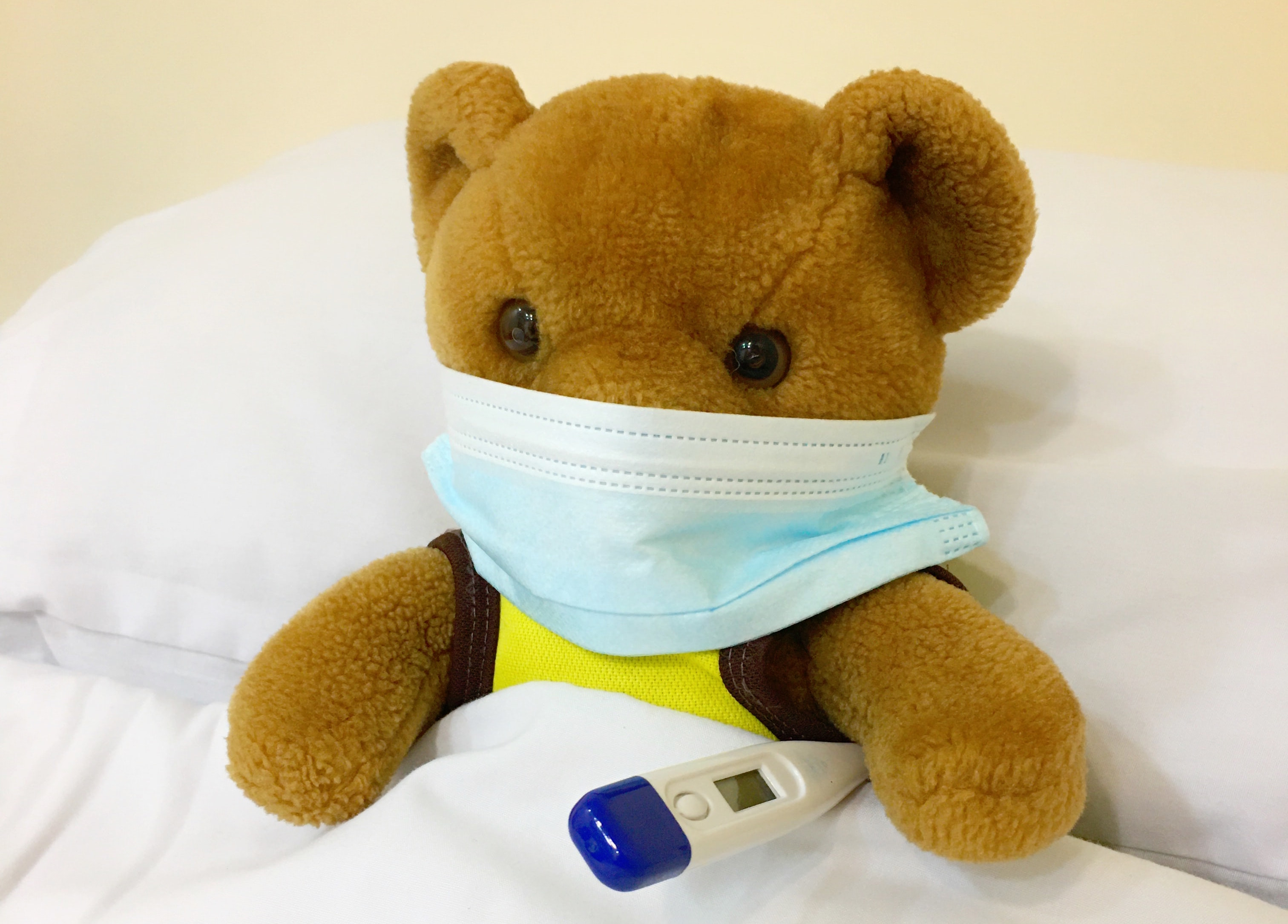What’s in a game? Children’s play experiences during Covid-19
Kate Cowan explains the background to the Play Observatory and our aims for the project.

Life changed dramatically when the Covid-19 pandemic began to sweep the world in early 2020. For children, instructions to stay home and closure of spaces such as schools and playgrounds impacted where, when and how they could play as well as who they could play with.
Pandemic or no pandemic, play is a central part of children’s lives - a way to relax, form bonds, fight boredom, explore feelings and express thoughts. Children’s play has often dealt with themes relating to danger, illness and world events. What impact would the Covid-19 pandemic have on play?
As the outbreak spread, we began to notice examples. Play started to include references to the virus (for instance, ‘corona tag’ and building LEGO hospitals). Some play seemed to be adapting to restrictions (such as ‘shadow tag’ to avoid touching). While many children had to stay home, some played online with faraway friends and family (for instance, ‘hide and seek’ through video calls).
As researchers of play we are interested in what these examples can tell us about children’s experiences of the pandemic. The idea for a Play Observatory was born. With funding from the ESRC, our new project will collect and share examples of children’s play during and following the Covid-19 pandemic, providing insights into children’s experiences at this unique time in history and informing future generations’ understandings of young people's lives.
We’re interested in documenting the many ways children are playing, by themselves and with others, indoors and outdoors, with and without screens, from the outset of the pandemic onwards. We’re interested in new play that has emerged and how play has changed or adapted. The Play Observatory will capture examples in children’s own ways and also through adult observations.
Can you help us? Play your part in the Play Observatory by responding to our online survey.
Follow us on Twitter @PlayObservatory to be the first to hear updates.



